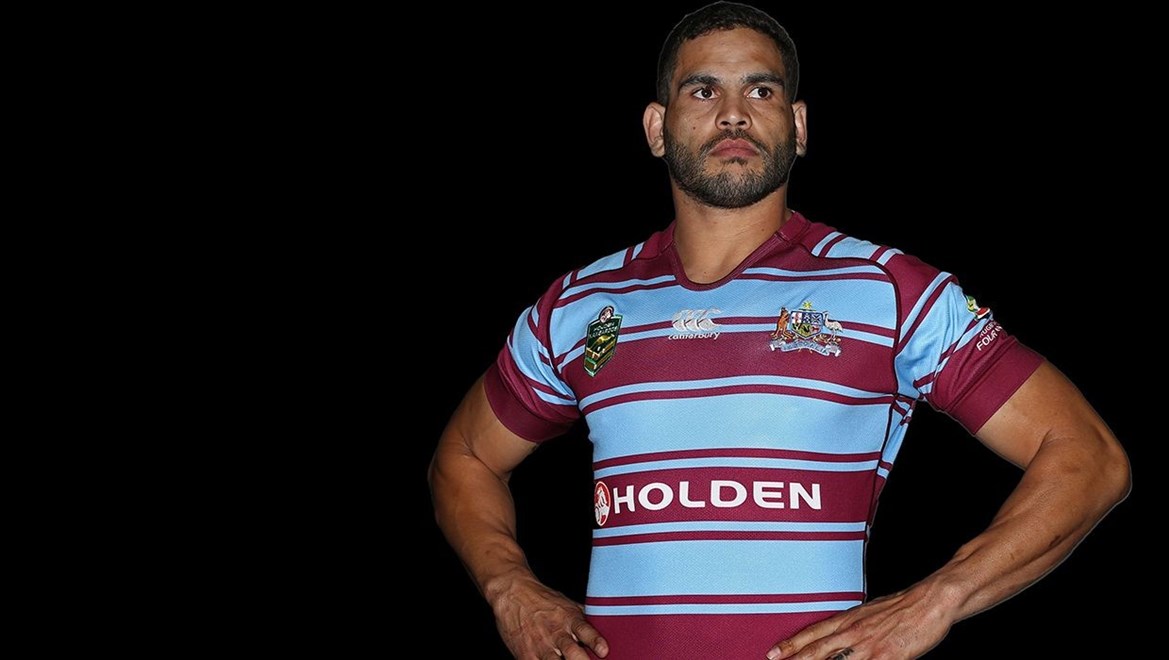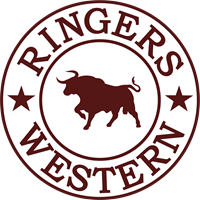

Holden Kangaroos stars will pay tribute to the Rorke’s Drift Test by wearing commemorative jerseys in Sunday’s Four Nations match against England.
To mark the centenary of the famed third Test of 1914, Australia and England will don special jerseys based on those worn by the two teams 100 years ago.
The Holden Kangaroos’ jersey for Sunday’s match, at Melbourne’s AAMI Park, will feature the sky blue of NSW and the maroon of Queensland.
England triumphed 14-6 on July 4, 1914, despite having at times just 10 fit players on the field for their third Test in seven days. The moniker was coined after Australian journalists compared the victory, and particularly the heroic performance of English captain Harold Wagstaff, to the rearguard action staged by the British military against a Zulu army in South Africa in 1879.
“It’s always an honour to wear the green and gold but to wear the colours of the original Kangaroos is a real privilege,” Holden Kangaroos captain Cameron Smith said. “We are forever mindful of the future of the Kangaroos but it’s so important to also remember and honour those who played before us.
“The Rorke’s Drift Test is one of the most famous Test matches of all time, so to be able to celebrate it on such a stage, against England at AAMI Park, will be special for me as well as for my teammates.”
Coincidentally, this year also marks 100 years since an England touring side first played a Rugby League match in Melbourne.
On August 17, 1914, the touring English team defeated New South Wales 21-15 at the Melbourne Cricket Ground in front of 13,000. The Sydney Morning Herald reported at the time that £585 was taken at the gate.
The Rorke’s Drift Test match
Australia v England, Sydney Cricket Ground, July 4, 1914
In almost a century of Ashes Tests between Australia and England, the Rorke’s Drift Test of 1914 resonates louder than most. It took its name from a famous battle in the Anglo-Zulu war of 1879 when 139 British and South African colonial troops held 4,000 Zulu warriors at bay for 12 hours in the burning ruins of their garrison. The Test, which took place at the Sydney Cricket Ground on July 4, 1914, featured a bruised and battered English side, forced to stick to a fiercely demanding playing schedule, up against a full strength Australian line-up. At one point in the second half, England was reduced to 10 men through injury, yet they hung on to win 14-6 and reclaim the Ashes. Sydney sporting journalist “Arawa” was first to use the Rorke’s Drift metaphor, which fitted the circumstances of the match to a tee.
· It was the third and deciding Test of the 1914 Ashes series
· England’s tour management protested fiercely over the decision to play the Test on July 4 because of the team’s onerous playing schedule that included three Test matches in the space of eight days
· The NSWRL cabled the RFL in England, who agreed that the Test should go ahead as scheduled
· England manager John Clifford told players what was expected in an extraordinary pre-game address. “You are playing in a game of football this afternoon, but more than that you are playing for England and more, even, you are playing for right versus wrong. You will win because you have to win. Don’t forget that message from home: England expects every man to do his duty.”
The teams:
ENGLAND: Alf Wood; Frank Williams, Harold Wagstaff (c), Billy Hall, Willie Davies; Stuart Prosser, Fred Smith; Jack Chilcott, Dick Ramsdale, Doug Clark, Dave Holland, Percy Coldrick, Albert Johnson.
AUSTRALIA: Howard Hallett; Bob Tidyman, Wally Messenger, Sid Deane (c), Dan Frawley; Charles Fraser, Arthur Halloway; Bill Cann, Bob Craig, Tedda Courtney, Con Sullivan, Sandy Pearce, Frank Burge.
England 14 (Davies, Johnson tries; Wood 4 goals) defeated Australia 6 (Messenger, Deane tries), at Sydney Cricket Ground, July 4, 1914. Referee: Tom McMahon. Crowd: 34,420. Halftime: England 9-0.
Source: David Middleton
















